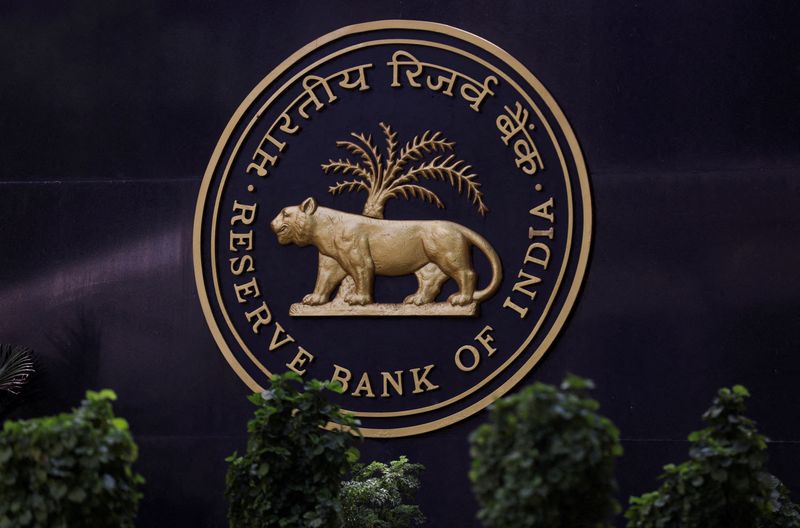MUMBAI (Reuters) - The Reserve Bank of India may allow the rupee to weaken slightly to unwind the slightly elevated real effective exchange rate and keep the South Asian currency "competitive," BofA Securities said in a note on Thursday.
"It supports the government's ambitions for attracting large-scale manufacturing investments," the Wall Street firm said, adding it expects the rupee to decline to 84 to the U.S. dollar by the end of the year.
The rupee was quoting at 83.7075 as of 10:54 a.m. IST, holding near the all-time low of 83.72 hit on Wednesday.
The currency's trading range has slightly weakened to 83.40-83.70 this month, from the 83.0-83.5 range it held for a large part of the first half of the year, BofA pointed out.
The RBI has been holding the rupee in a narrow range via a two-sided intervention -- by absorbing inflows to boost forex reserves and, as it did this week, selling dollars to support the currency.
"We see no sign of change in (the) RBI's pursuit of a higher reserves buffer, which would limit the appreciation potential for INR," BofA said.

The RBI's dual-sided intervention has kept the rupee's volatility in check relative to historical levels.
"Over the medium term, it would be prudent for the RBI to allow higher volatility in INR. Along with the policy of building a large reserves buffer, that could create more asymmetric risks for trend INR depreciation," BofA said.